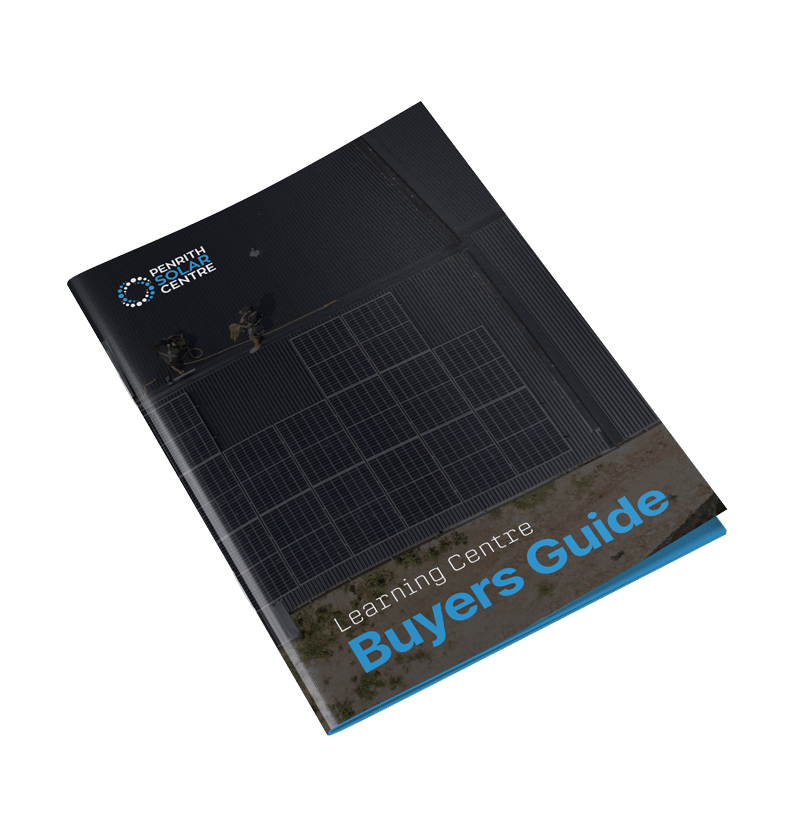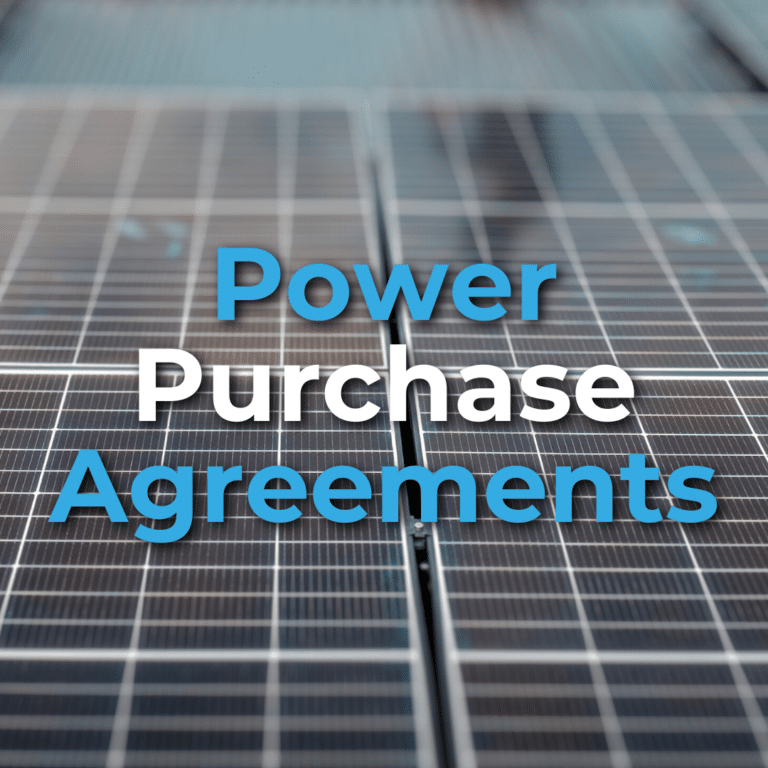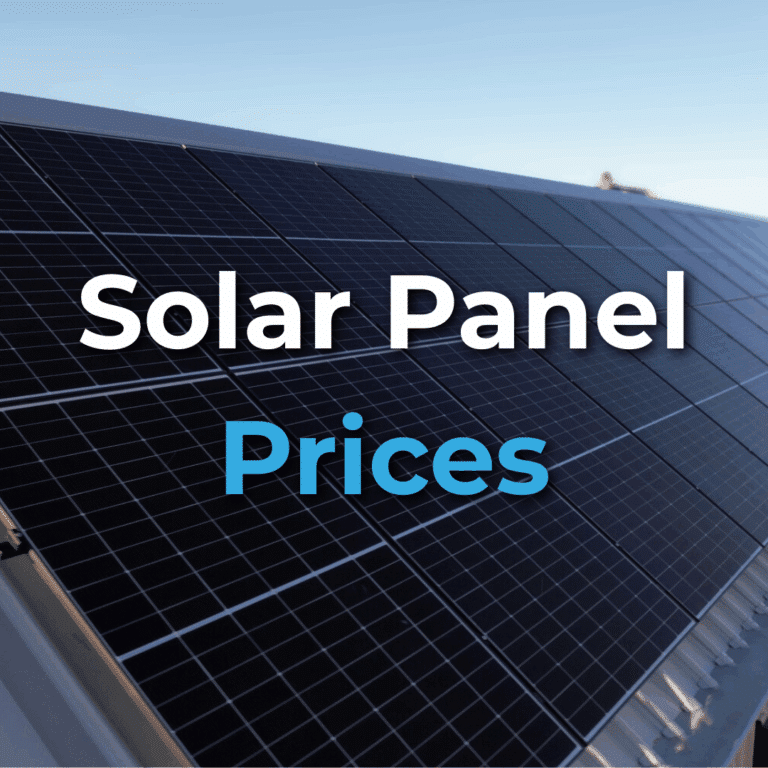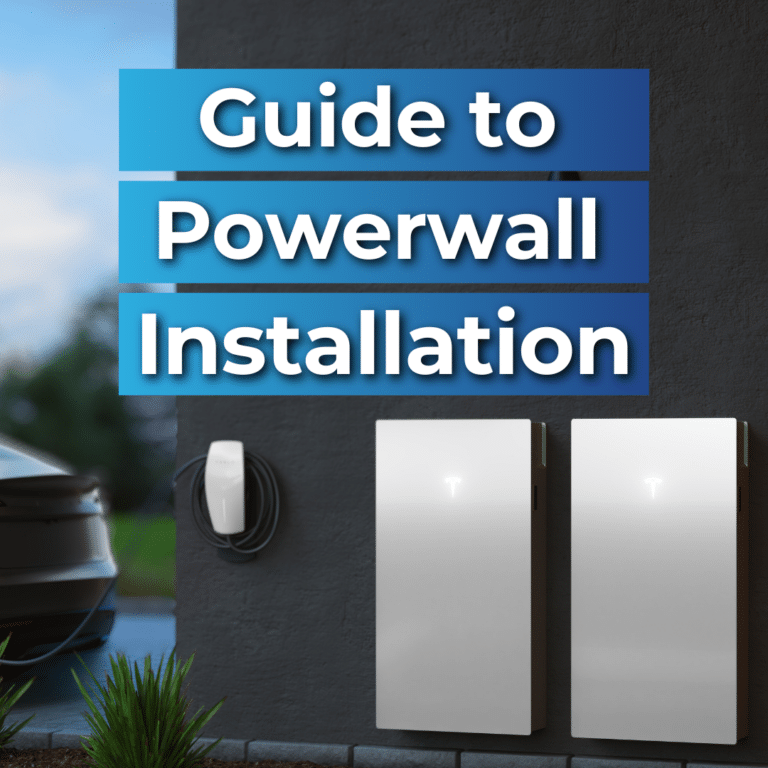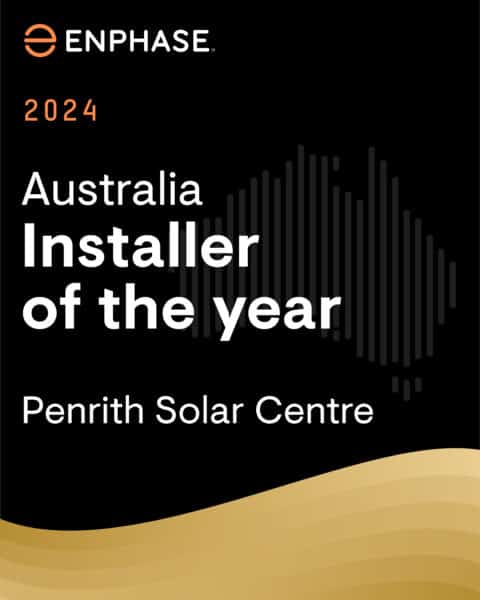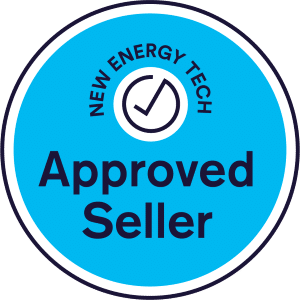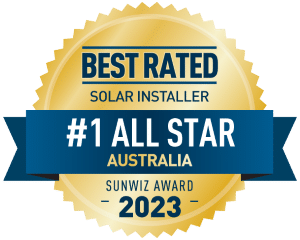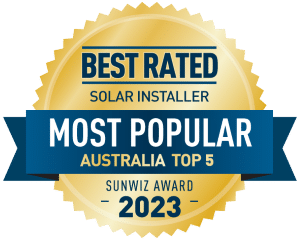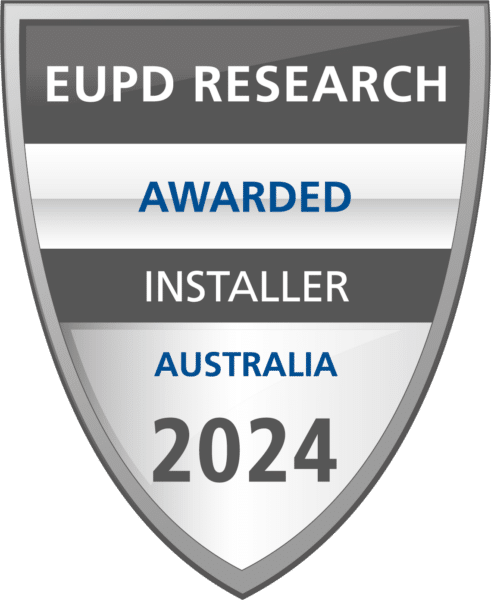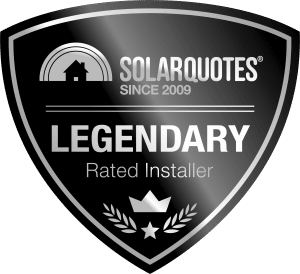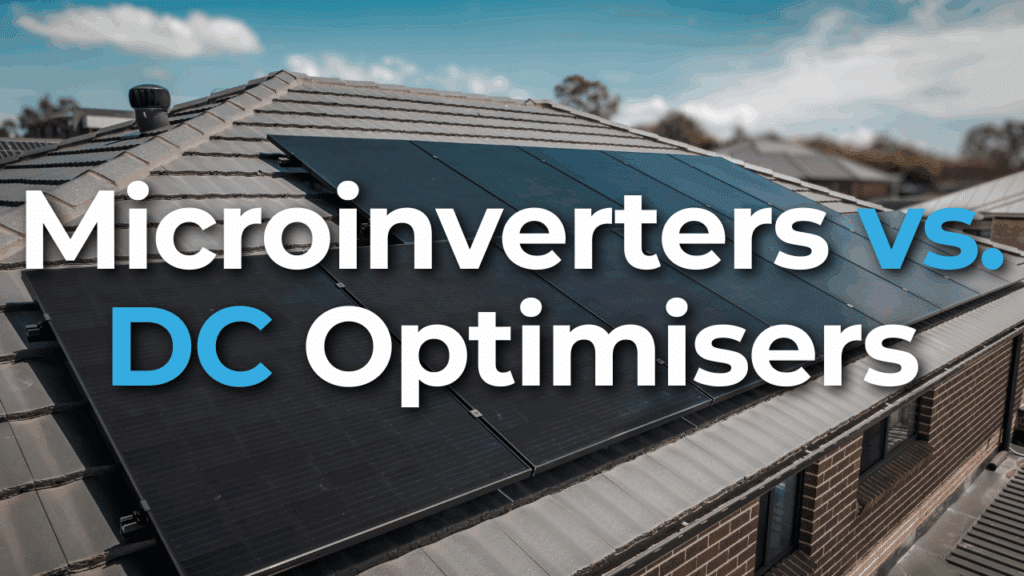
Updated on September 17, 2025
In the solar installation industry, there are generally two types of systems, and they each have a loyal following: the string inverter camp and the microinverter camp. Which one should you invest in?
Honestly, that answer will be different for everyone. What works for one customer is useless for another. Your needs are unique, and your energy goals will be unique as well. This will inform your investment.
At PSC Energy, we realise that each solution for most people’s unique needs and solar goals will be different. In that spirit, we’re simply trying to educate in an unbiased manner. You might prefer one over the other depending on your needs.
In this article, you will learn:
- How Does a String Inverter Solar Panel System Work?
- What is a DC Optimiser?
- What is Maximum Power Point Tracking (MPPT)?
- Pros and Cons of DC Optimisers
- Pros and Cons of Microinverters
- Common Ground Between Microinverters & DC Optimisers
- FAQ: Microinverters vs. DC Optimisers
By the end of this article, you’ll have a comprehensive understanding of DC optimisers and how they’re different from microinverters.
How Does a String Inverter System Work?
What an inverter does:
An inverter is the part of a solar system that converts direct current (DC) power into alternating current (AC) power.
Why it matters:
- Solar panels only produce DC power.
- Homes, including lights and appliances, require AC power to run.
How it works in a string inverter system:
- The inverter is installed on the side of the house.
- Solar panels send DC power down to the inverter for conversion into AC power.
- That AC electricity is then used in the home, stored in a battery if you have one, or exported to the grid for a feed-in tariff.
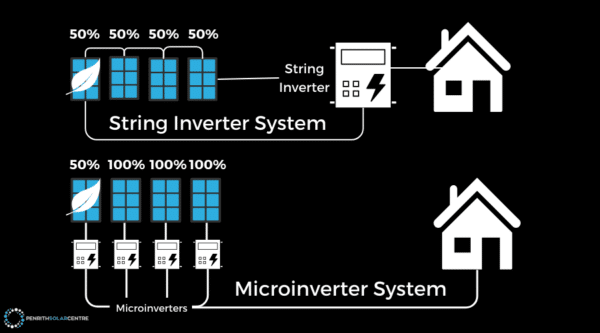
Where the inverter sits:
- String inverter: one large inverter mounted on the wall.
- Microinverter: a small inverter under each solar panel.
How power is converted:
- String inverter: DC power from all panels travels to the inverter, then converts to AC.
- Microinverter: Each panel converts its own DC power to AC on the spot.
System behaviour under stress:
- String inverter: works like Christmas lights. If one panel’s performance drops, the entire string drops with it.
- Microinverter: Each panel works independently, so one shaded or dirty panel doesn’t drag the others down.
Efficiency and reliability:
- String inverter: overall system efficiency is limited by the weakest panel.
- Microinverter: maintains higher output because every panel operates at its best level.
Monitoring and control:
- String inverter: monitors performance for the whole string only.
- Microinverter: provides panel-level monitoring and control.
Technology progression:
- Before DC optimisers, string systems lagged far behind microinverters.
- Microinverters still set the benchmark for panel-level efficiency today.
If you’re interested in learning a bit more about inverters, you might want to check out the following article titled, What is a Solar Power Inverter?
What is a DC Optimiser?
The problem with string inverters:
- In a string inverter system, all panels drop to match the lowest-performing panel. This wastes potential power.
Why DC optimisers were created:
- String inverter companies needed a fix once microinverters started solving this weakness. DC optimisers became that solution.
How DC optimisers differ from microinverters:
- A microinverter converts DC power to AC power at the panel level. Each panel gets its own inverter and operates at its best without being affected by the others.
- A DC optimiser is a DC-to-DC converter. It changes the voltage level of DC power before sending it to the central inverter.
Where DC optimisers are installed:
- Like microinverters, DC optimisers are mounted under each solar panel. They also provide panel-level tracking and monitoring.
How they improve system efficiency:
- DC optimisers measure how efficiently each panel is working.
- They adjust the DC output to keep the whole string performing at a higher level.
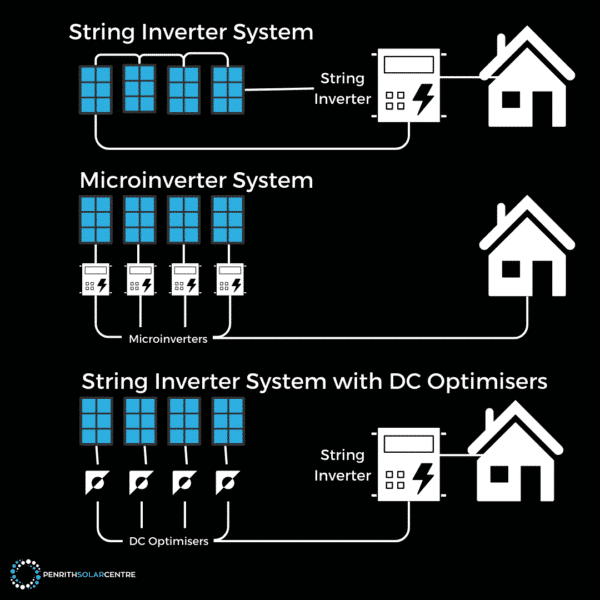
How DC output is adjusted:
- DC optimisers use an algorithm to squeeze as much power as possible from each panel.
- This process is called Maximum Power Point Tracking (MPPT).
Bypass for underperforming panels:
- A DC optimiser acts like a bypass switch.
- It ignores an underperforming panel, so it cannot drag down the rest of the string.
The goal of DC optimisers:
- Manufacturers created DC optimisers to fix the inefficiencies of string systems.
- They make string systems behave more like microinverter systems.
If you’re interested in learning a bit more about how microinverters compare to string inverters, you might want to check out the following article titled, Microinverters vs. String Inverters: An Honest Comparison.
What is Maximum Power Point Tracking (MPPT)?
What MPPT does:
- MPPT is software in a solar system that helps panels work at their best, even when sunlight and temperature change.
How it works:
- It uses algorithms to adjust how the panels operate.
- This makes sure they produce as much energy as possible at all times.
Why it matters:
- By constantly tweaking panel performance, MPPT reduces energy loss caused by environmental changes.
The result:
- The solar system performs better overall and produces more energy.
But how does it do this?
Well, we found this post on Quora.com that sums it up well by way of Solarchoice.net. Here’s the explanation:
“An MPPT tracker is analogous to a thumb placed over a garden hose. If you put your thumb over part of the opening of the hose (adding resistance to the circuit), the pressure (voltage) goes up, and the stream flies faster, but less water (current) is getting through. If you completely cover the opening, nothing gets through. If you remove your thumb entirely, the maximum flow rate gets through, but the stream falls limply at your feet. That’s the basic mechanism of the MPPT tracker: vary the resistance in the circuit to modify current and voltage.

Now imagine that there are hundreds of pumps (solar panels) upstream of the hose, delivering water (or energy) to you. Further complicating things, some of these pumps go offline at certain parts of the day (partial shading of the array). So the force behind the delivery of water will be constantly varying.
Your task is to wash your car, which is sitting still about 15 feet away. You need to keep moving your thumb as the upstream pump force varies to avoid undershooting or overshooting the car. The “car” in this case is the Maximum Power Point. For any array of solar panels, there is a configuration of current and voltage that aligns with maximum power generation.
The MPPT tracker varies resistance to keep hitting this point, using control logic to stay at the maximum, just like a thermostat or cruise control.”
Maximum Power Point Trackers (MPPT) are crucial in solar power systems because they make sure the system produces as much energy as possible and works well overall.
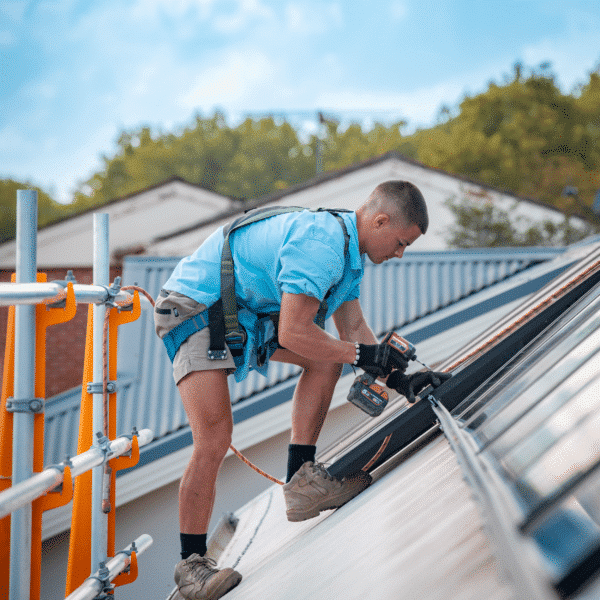
Here’s why MPPT matters:
Maximising Energy Yield:
- MPPT keeps adjusting how solar panels work to get the most power from the sunlight available.
- This helps the solar power system produce the most energy it can, which is important for getting the most out of the system.
Adapting to Changing Conditions:
- Sunlight, temperature, and shade can change, affecting how well solar panels work.
- MPPT technology reacts to these changes, making sure the system works at its best in different situations.
- This is important for keeping the system running well all the time.
Increasing Solar System Efficiency:
- By adjusting how solar panels work, MPPT prevents energy loss that can happen with fixed settings.
- This makes the system more efficient at turning sunlight into electricity, which is vital for making the most of renewable energy.
Handling Partial Shading of PV Modules:
- MPPT is excellent at handling shading on solar panels.
- If only part of the solar panels are shaded, MPPT lets the unshaded parts work at full power, reducing the overall energy loss.
Enhancing Return on Investment (ROI):
- When MPPT helps the system produce more energy, it means more money is saved or earned over time.
- This makes the investment in solar power even more worthwhile, ensuring the system runs efficiently and generates as much electricity as possible.
If you’re interested in learning a bit more about solar panels and energy systems, you might want to check out the following article titled, Are Solar Panels Worth It in NSW, Australia? A Price Breakdown for 2025.
Pros and Cons of DC Optimisers
There are advantages and disadvantages to DC optimisers. Let’s look at them:
Pros:
- Optimisers boost the voltage of panels to compensate for partial shading or panels on different roof faces where the panels are facing different directions.
- Real-time monitoring is crucial for an efficiently running solar system. The fancy pants solar vocabulary word for this is called consumption monitoring, and we have an article about that (linked below).
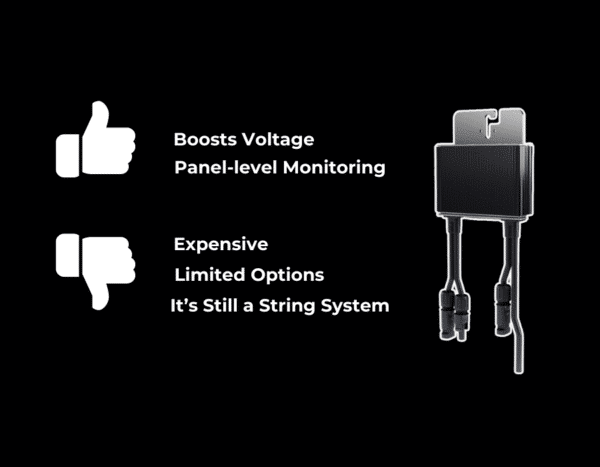
Cons:
- There aren’t many options for optimisers right now. In Australia, there are Tigo optimisers (which are brand agnostic) and SolarEdge optimisers (which only work with SolarEdge systems). If you don’t have a SolarEdge string system, then your only option is Tigo.
- The installation of optimisers takes time, which increases the installation cost. They’re mounted under every solar panel, similar to a microinverter. By the time you factor in the additional equipment for your string system and the installation cost, you’re almost as expensive as a microinverter solar system.
- While the optimiser does a lot to boost the performance of a string solar system, it is still a string solar system. It’s subject to most of the same problems inherent in a string system. There is still a central point of failure. If there’s an issue with the inverter on the side of the house, the whole system underperforms or shuts down.
If you’re interested in learning a bit more about weighing the cost of solar against the cost of the grid, you might want to check out the following article titled, Cost of Solar Panels vs. Cost of Energy from the Grid.
Pros and Cons of Microinverters
Microinverters have both advantages and disadvantages. Let’s look at those, too:
Pros:
- Real-time monitoring at the panel level is more sophisticated than real-time monitoring for optimisers. Optimisers will notify you of an underperforming string system, but a microinverter will inform you of an underperforming panel.
- Microinverters have been around longer and withstood more real-world inclement weather and scorching temperatures (and testing for it, too).
- Microinverters immediately convert volatile DC power to AC power, protecting homeowners from high-voltage cable runs along the length of their homes.
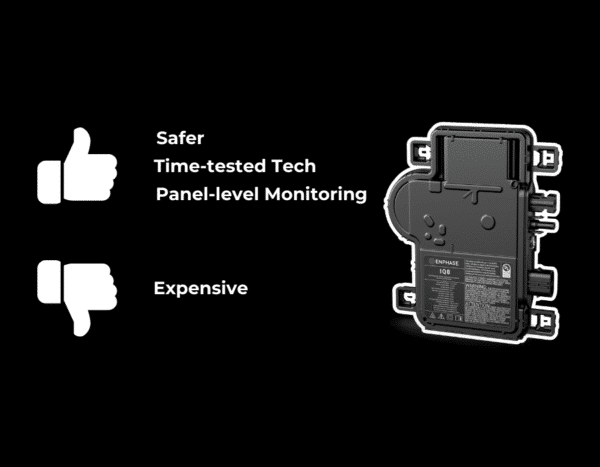
Cons:
- Cost is the biggest drawback of microinverter solar systems.
If you’re interested in learning a bit more about Enphase microinverters, you might want to check out the following article titled, Pros and Cons of Enphase Microinverter Solar Systems.
Common Ground Between Microinverters & DC Optimisers
While their differences are many, the DC optimiser was invented to navigate the problems with string inverter solar systems. In essence, these devices were designed to make string systems more comparable to microinverter solar systems.
So how successful were those string system manufacturers? What do microinverters and DC optimisers have in common?
Cost:
- It’s challenging to estimate the cost of a solar installation because the specifics are unique for each installation.
- A string system with optimisers costs about the same as a microinverter solar system.
Efficiency:
- Both microinverters and DC optimisers are more efficient than string inverter solar systems.
- Micros and optimisers troubleshoot problems like panel mismatch, underperforming panels, and other things like temperature differences.
- Although they do this in different ways, the result is the same: improved efficiency.
Panel Orientation:
- When you have multiple panels facing different directions, you need microinverters or optimisers for that system to work.
Warranty:
- Both microinverters and optimisers are generally covered by warranty for 15 – 25 years, depending on the manufacturer, region, and any extensions that may or may not have been added.
If you’re interested in learning more about the importance of warranties when shopping for a solar system, you might want to check out the following article titled, A Complete Guide to Solar Warranties.
Keeping Your Watts About You as You Shop for Solar
Now that you understand what a DC optimiser is and the differences between optimisers and microinverters, you’ll be better informed to make some decisions around your solar system. Choosing an inverter will determine the type of system you get behind: strings or micros.
It’s a lot to consider.
At PSC Energy, we want you to know – comprehensively – about the advantages and disadvantages of optimisers in comparison to microinverters. It’s a decision that will affect your electricity bills for multiple decades. We want you to make an informed choice for your unique needs and goals. It’s what we do.
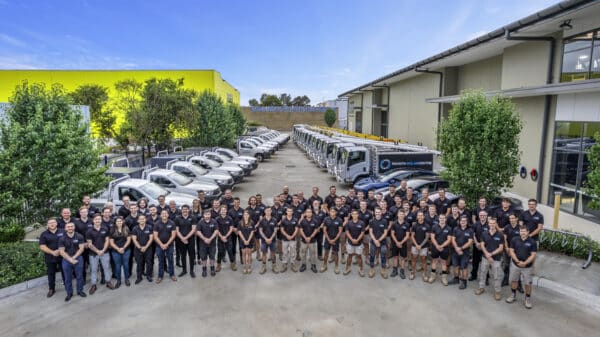
If you’re interested in learning a bit more about how microinverters compare to string inverters from a cost point of view, you might want to check out the following article titled, Cost of Microinverters vs. Cost of String Systems.
FAQ: Microinverters vs. DC Optimisers
What is the difference between a string inverter and a microinverter solar system?
A string inverter sits on the side of the house and converts DC power from all panels at once into AC power. A microinverter is installed under each solar panel and converts DC to AC at the panel level. String systems are cheaper but less efficient, while microinverters give each panel independence and higher performance.
How does a string inverter solar system work?
Solar panels generate DC power, which is sent down to the string inverter on the wall. The inverter converts that DC into AC power for your home. That AC electricity can run appliances, charge a battery, or be exported to the grid for a feed-in tariff.
What is a DC optimiser in solar systems?
A DC optimiser is a small device mounted under each solar panel in a string system. It adjusts the DC voltage before sending it to the central inverter. This improves efficiency and reduces the problem of one weak panel lowering the performance of the entire system.
How do DC optimisers improve solar panel efficiency?
DC optimisers measure how well each panel is performing and adjust the DC output to raise the efficiency of the whole string. They also use Maximum Power Point Tracking (MPPT) to squeeze the most energy out of each panel and bypass underperforming panels.
What is Maximum Power Point Tracking (MPPT) in solar systems?
MPPT is software that constantly adjusts how solar panels operate based on sunlight and temperature changes. By fine-tuning voltage and current, MPPT helps panels generate the maximum amount of power possible at any given time.
Why is MPPT important for solar energy production?
MPPT reduces energy losses caused by shading, temperature shifts, or changes in sunlight strength. This means more electricity is produced overall, system efficiency improves, and homeowners get a faster return on investment.
What are the pros and cons of DC optimisers?
Pros: They improve efficiency in string systems, handle shading well, and allow for panel-level monitoring.
Cons: They add extra cost and installation time, have limited brand options, and still leave the system with a single point of failure at the central inverter.
What are the pros and cons of microinverters?
Pros: They offer true panel-level monitoring, immediate DC to AC conversion for safety, and a long track record of performance in tough conditions.
Cons: The main drawback is cost, as microinverter systems are usually more expensive than string systems with optimisers.
Do DC optimisers make string inverter systems as good as microinverter systems?
DC optimisers reduce many of the weaknesses of string inverters, but they do not fully match microinverter performance. The central inverter is still a single point of failure. Microinverters remain more efficient and reliable in the long run.
What do microinverters and DC optimisers have in common?
Both improve the efficiency of solar systems compared to standard string inverters. They allow multiple roof orientations, handle shading better, and come with long warranties of 15 to 25 years. They also cost about the same once equipment and installation are factored in.
Which is better: microinverters or DC optimisers?
The right choice depends on your goals. If you want maximum efficiency, safety, and true panel independence, microinverters are better. If you prefer a string system but want to minimise its weaknesses, DC optimisers are a strong option.
